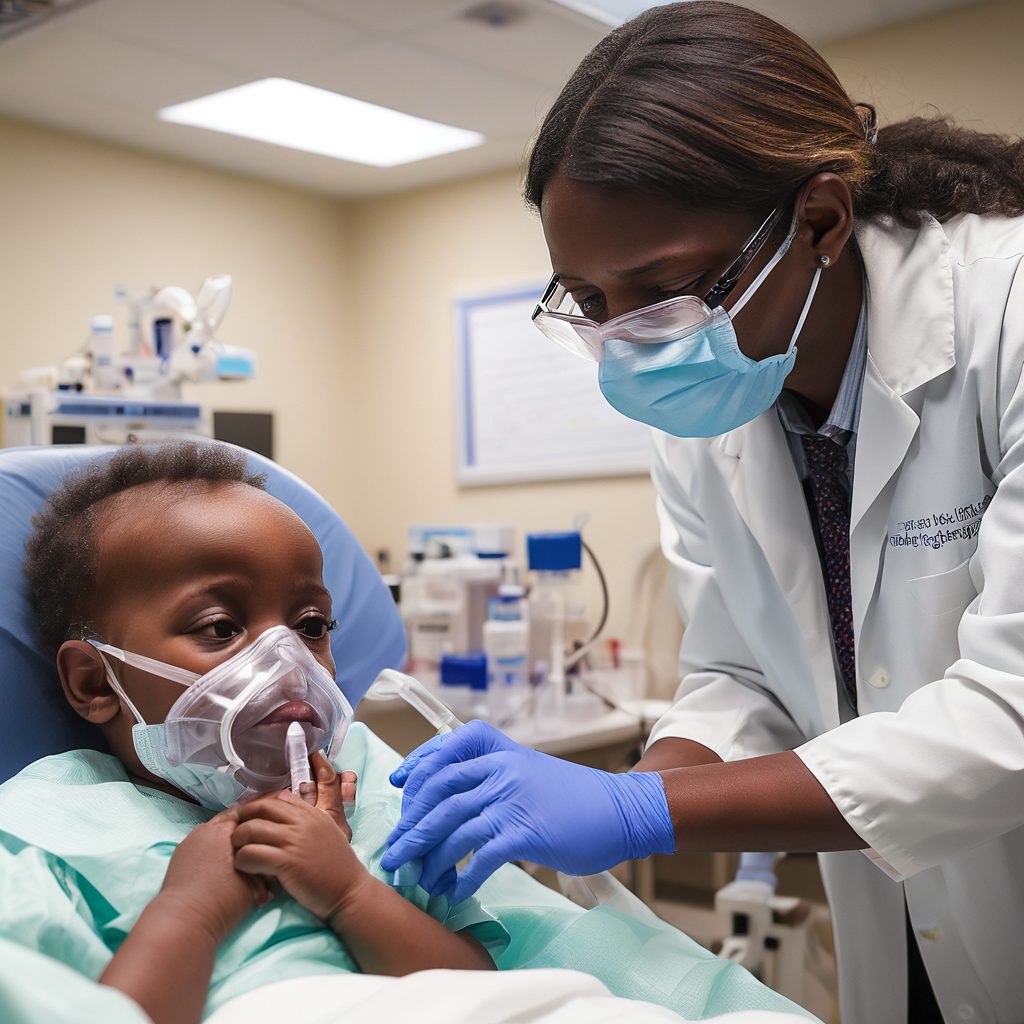Effect of Corona Virus on Global Biopharmaceutical Companies


As we enter our second year of dealing with the COVID-19 pandemic’s effects, we have a number of concerns on our minds, including how the COVID-19 problem may affect biopharmaceutical companies’ chains in the future. Is the global pharmaceutical supply chain consistently in danger? What effects have Asia’s supremacy in the supply chain and the shifting of production there had? All of these queries are legitimate in light of recent global events and the fact that we have survived the worst of this pandemic.
The COVID-19 pandemic, it is generally recognized, represents a turning point in our awareness of the dangers involved in the distribution of medications, but will it encourage efforts to create domestic chemical and API supplies as a “matter of national security”? Pharmaceutical businesses have recently realized how dependent they are on increasingly intricate supply chains that span several different countries. As a result, the pandemic has finally persuaded all parties involved to recognize the flaws and improve supply chain resilience going forward.
Lower costs have played a significant role in the movement of a sizable portion of manufacturing capabilities to China and India during the last ten years or more, particularly for, As a result, these nations’ production levels have significantly increased. Nearly 50% of registered manufacturing facilities for active pharmaceutical ingredients were found in India or China, according to FDA statistics released in 2019. This number does not include suppliers of raw materials, fine chemicals, and other components required for top biologics companies.


Drug shortages have resulted from the transfer of important production capacities to Asian nations like China, Taiwan, and India for a variety of reasons, including transportation costs and labor availability. This has had a direct influence on supply chain reliability.
Contrary to popular belief, medicine shortages are not uncommon occurrences and do not only occur during major pandemics like COVID-19. When based on a high-risk supply chain, medicine shortages in the US endure an average of 14 months and occasionally even years.
There are a number of reasons why COVID-19 did not have the disastrous impact on medicine availability that was predicted:
- The pharmaceutical sector had enough inventory cushion.
-
Due to the long lead times involved in manufacturing drugs, the impact of a one- to two-week suspension of production in China or another Asian manufacturing hub would take time to circulate through the supply chain and cause shortages for the consumer.
-
The repercussions might have been more severe if the supply of APIs or completed goods manufactured in Asia had been significantly disrupted for a longer period of time.
-
Where necessary, regulatory flexibility and cooperation were implemented to expedite the approval process, which in turn helped to greatly reduce the regulatory challenges facing pharmaceuticals. For instance:
-
Clearances for alternate reagents and API sources are expedited.
-
Ensuring that GMP certification is available for import and production
-
Introducing remote auditing alternatives for regulatory inspections and supplier audits
-
Flexible labeling and packaging to support supply continuity
-
Changing supply sources
Curiously, there was a brief period of logistical and distribution difficulty. The surge in international demand for PPE, hand sanitizer, critical care medications, and medical devices, as well as disruptions at ports, decreased air freight capacity, rerouting of transportation, personnel availability issues resulting from lockdowns and quarantine, and price increases all added to the strain on the transportation system.
Routes have already opened and lockdowns in the majority of nations are gradually being lifted, despite the fact that the COVID-19 epidemic is still ongoing. Global workforces are anticipated to return to the scene by the end of the year, if not earlier.


The COVID-19 pandemic has provided us with important insight into the flaws in our supply systems and the pressing necessity for us to incorporate security and risk mitigation into those supply chains. If we look at the positives, we have managed as an industry to keep everything flowing and make sure patients’ requirements are satisfied. Prior to 2020, we did not anticipate an event like COVID-19 to have such a global impact. To ensure that our industry continues to provide for our patients, we must, however, ensure that we have more strong mechanisms in place for the next time, whether it be a different virus or other scenarios that tests our resilience.
We can also gain knowledge from our successes in distributing vaccines to patients, which was crucial in halting the COVID-19 pandemic. This accomplishment offers us the chance to learn not just from the challenges but also from how biopharmaceutical companies, suppliers, and regulators can collaborate in a proactive and dynamic approach to satisfy patient demands.





